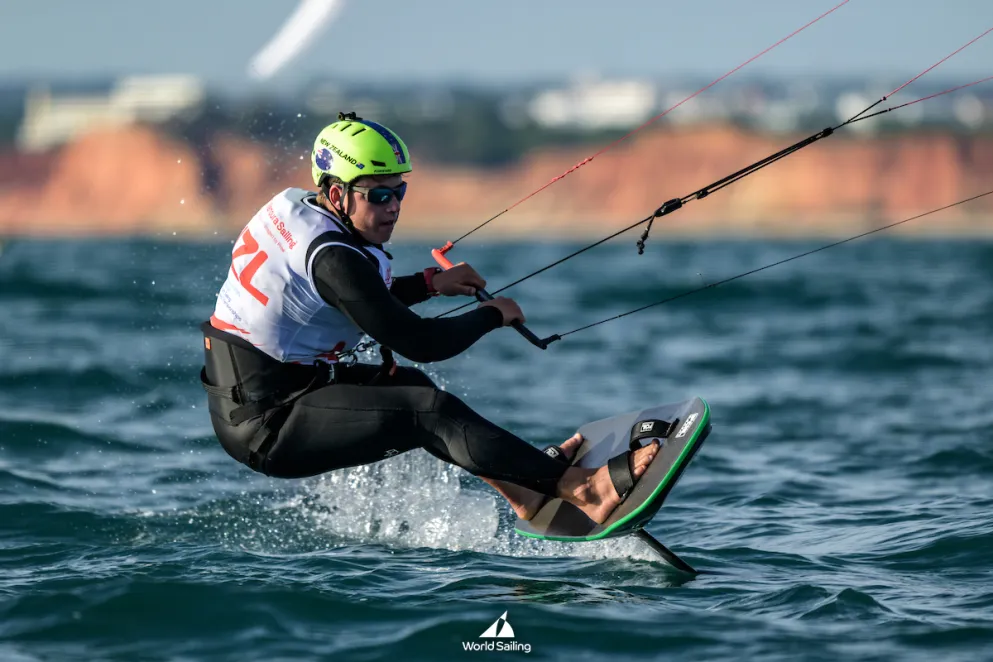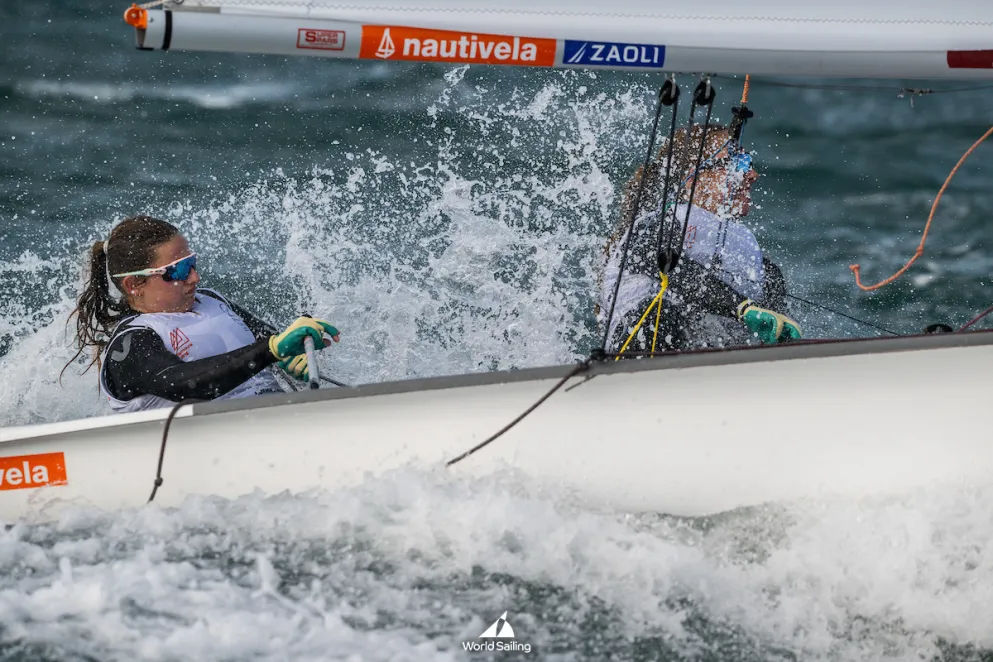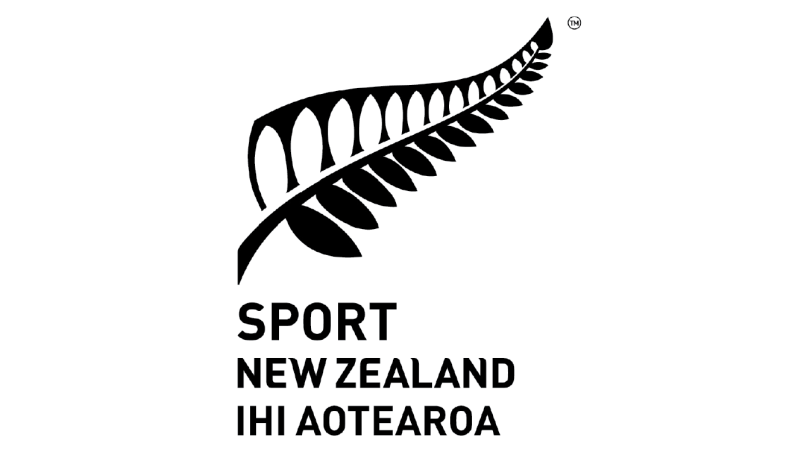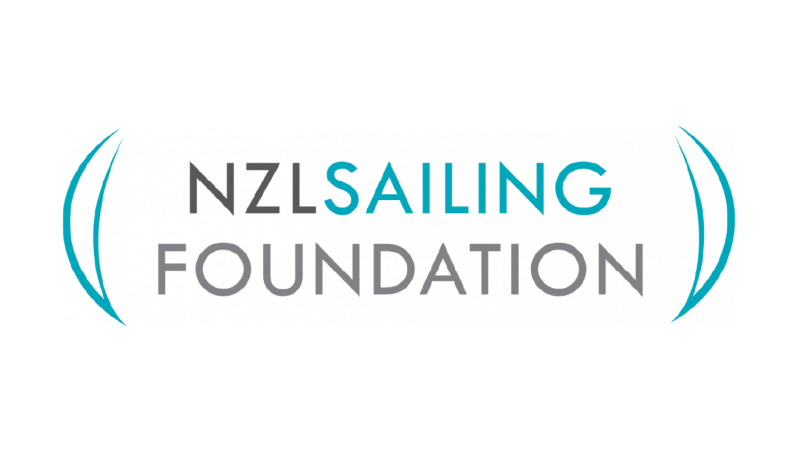Anchor watch rule: YNZ welcomes 'sensible' new interpretation
Yachting New Zealand has welcomed the clarification of Maritime New Zealand’s interpretation of lookout requirements for all vessels.
Maritime NZ last week published its position statement on how the previously contentious Maritime Rule Part 22.5 (MR 22.5) applies to keeping a watch at anchor and while underway, and how it will interpret the law for compliance and enforcement purposes.
It follows Yachting New Zealand's action last year in seeking urgent feedback from its club members after Maritime NZ's original interpretation suggested yachties and boaties could be breaking the law by leaving their vessel at anchor to have a walk ashore or going to sleep while anchored in a typically pristine protected anchorage.
MR 22.5 states that: "Every vessel must at all times maintain a proper lookout by sight and hearing as well as by all available means appropriate in the prevailing circumstances and conditions, so as to make a full appraisal of the situation and the risk of collision."
In its position statement, Maritime NZ acknowledged that MR 22.5 and the International Regulations for Preventing Collisions at Sea, 1972, which underpins it, "could be interpreted in a number of different ways".
"Our position is that all vessel operators must keep a proper continuous lookout while underway, including while drifting," the statement says.
"A proper lookout is not required at all times at anchor. However, at times a proper lookout will be required at anchor, such as when the prevailing circumstances and conditions indicate a risk to vessels or people.
"Generally accepted standards of seamanship will always apply, even if a continuous watch is not required. The master is responsible for ensuring an adequate watch is kept that is appropriate for the conditions, such as intermittent checks and the use of anchor alarms."
Yachting New Zealand chief executive David Abercrombie said the latest interpretation of the rule is sensible.
"The initial interpretation of rule 22.5 was ambiguous – and over 700 respondents in our survey last June agreed,” Abercrombie said.
"We're pleased that common sense has prevailed and that yachties and boaties now have clear guidance on their lookout and watchkeeping obligations.
"We know that inadequate lookout is a significant cause of safety incidents and even death, and having regulations that are both reasonable and understandable should help prevent these incidents from occurring."
Maritime NZ’s full position statement can be found here.
Click here for more information, key terms and guidance.
















